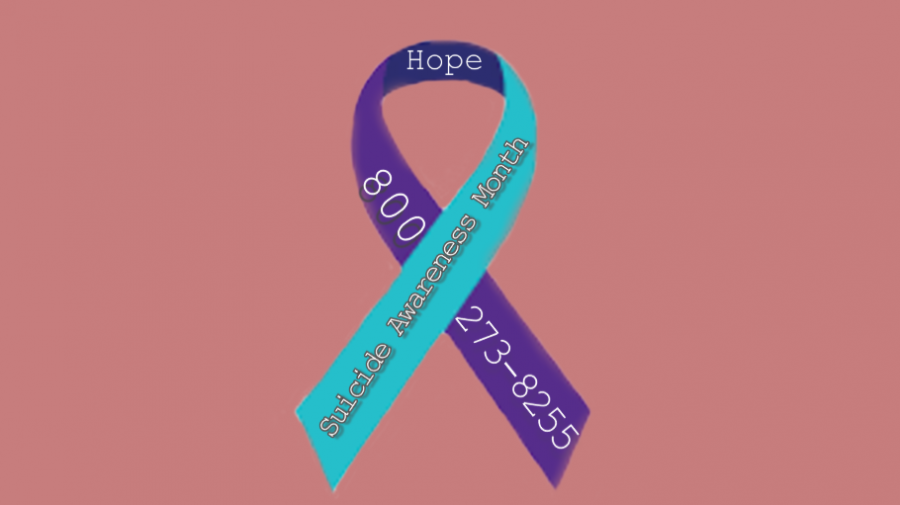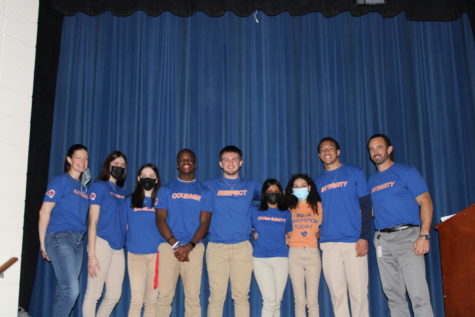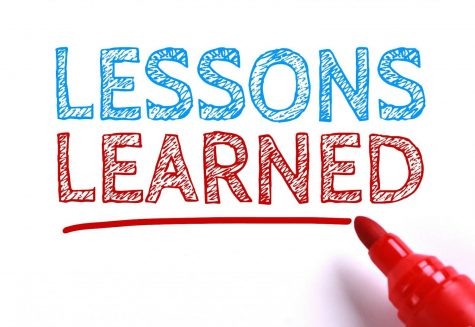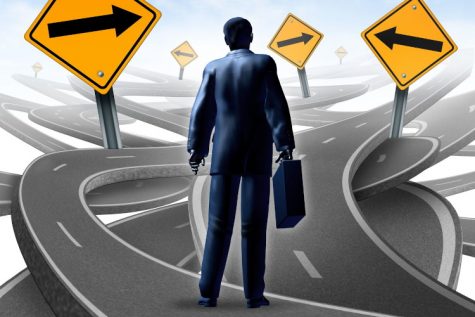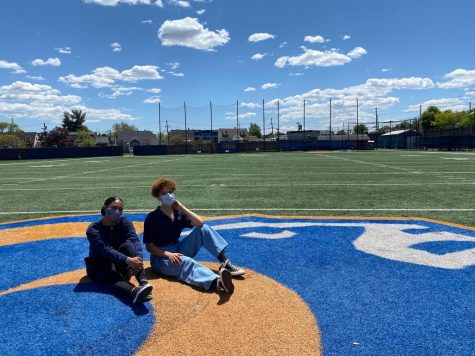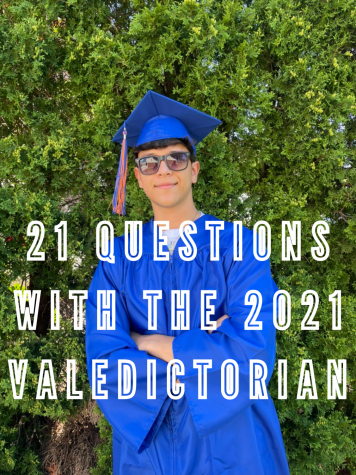Mental Illness in Adolescence: Breaking the Stigma
There is no question that 2020 has been a rollercoaster of a year and it feels as if each month introduces a new stressor. The pandemic has been a major contributor to the decline of mental health for many people. With the cases of anxiety and depression on the rise, mental health and suicide awareness has never been more relevant. After months of home quarantining and social distancing, there is no wonder why a discussion on mental health is needed, and quite honestly, overdue. 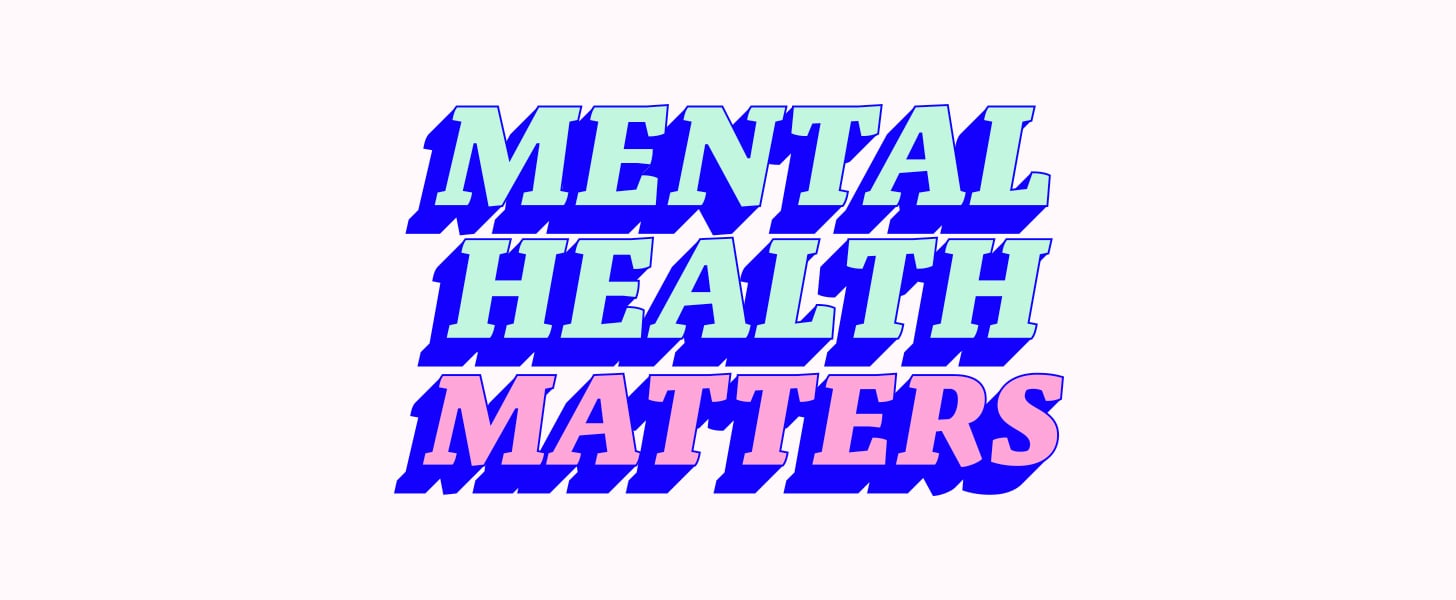 Mental health is often pushed aside and forgotten because it is not something that can always be seen. Despite the physical effects of poor mental health, like fatigue or headaches, you can’t physically see anxiety or depression the same way you can see a broken leg. And because of these reasons, checking in on yourself is overlooked. Beyond these reasons, the stigma surrounding mental illness has been catalyzed through the media. In the past, traditional media forms like movies and television shows have demonstrated mental illnesses in extreme forms. The exaggerations of common mental illnesses has caused an umbrella of assumptions that all living survivors of poor mental health are crazy or unsafe. Movies like Martin Scorsese’s Shutter Island or T.V shows like Full House and Pretty Little Liars have shown unrealistic portrayals of mental illness and recoveries following the associated diagnoses.
Mental health is often pushed aside and forgotten because it is not something that can always be seen. Despite the physical effects of poor mental health, like fatigue or headaches, you can’t physically see anxiety or depression the same way you can see a broken leg. And because of these reasons, checking in on yourself is overlooked. Beyond these reasons, the stigma surrounding mental illness has been catalyzed through the media. In the past, traditional media forms like movies and television shows have demonstrated mental illnesses in extreme forms. The exaggerations of common mental illnesses has caused an umbrella of assumptions that all living survivors of poor mental health are crazy or unsafe. Movies like Martin Scorsese’s Shutter Island or T.V shows like Full House and Pretty Little Liars have shown unrealistic portrayals of mental illness and recoveries following the associated diagnoses.
Despite traditional media’s assistance in furthering the stigma around mental health, social media has done the opposite. Through having a multitude of platforms to spread awareness and support, the stigma is being broken by influencers. On the recently popularized app TikTok, there is a large community of doctors and therapists offering general advice to people and promoting therapy. A large portion of the stigmatization is assuming that only “sick” people need therapy, where in reality anyone can go to therapy- even if it’s just to have someone to rant to and help organize your thoughts. Celebrities have also used their platforms to destigmatize mental health. For example, singer Selena Gomez has openly talked about her anxiety and recently diagnosis of Bipolar Disorder, not only through her music but also on her Instagram account. Recently TikTok star Charli D’Amelio has taken to twitter to talk about her eating disorder and how she has struggled with self image issues. Even New York Best-Seller John Green has openly discussed his Obsessive- Compulsive Disorder (OCD) on his YouTube page. Green has even released a novel, Turtles All the Way Down, that discusses the life and difficulties of living with OCD. These celebrities and many more are survivors of mental illness and use their platforms to bring awareness, but you can’t forget about the celebrities who lost their battles. Youtube star Desmond Daniel Amofah better known as “Etika” had struggled with depression for a long duration of time but continually put a smile on for his viewers. Unfortunately, in June of 2019 Etika took his life. Another tragic death was Robin Williams, movie actor and comedian. After a long fight with depression, he committed suicide on Aug. 11, 2014. These celebrities and many more show the importance of advocating for mental health and their legacy serves as motivation to break the stigma.
Normalizing the care for mental health starts with you and there are a few ways to do so. For one, educate yourself. Understand the importance of mental illness and the seriousness and fragility of the topic. Trusted websites like the ones listed below create ways to gather a better, accurate understanding of mental health. Once you’re educated on the area, you can then educate others! The more people who are understanding and accepting of mental health awareness the more progress we can make. Lastly, there is power in numbers. There can never be enough advocates in breaking the stigma.
Keeping good mental health can be difficult at times and it takes some trial and error to find what works for you. Some of the most popular ways to keep a healthy headspace are as follows.
- Talk to someone. The weight of the world is too heavy to carry alone, and talking to someone helps lift the burden of having to have all the answers on your own.
- Meditation is a great coping mechanism. Using apps like Smiling Mind or Insight Timer are a great way to do guided meditations, though apps aren’t necessary. Simply taking deep breaths when you feel overwhelmed or before bed can have wonderful long term effects.
- Finding music that you can relate to or that uplifts your mood can be extremely helpful. Knowing that there are other people who feel or think the same things you feel or think helps you feel less alone in the world.
- Many studies have shown a direct correlation between exercise and positive mental health. Activities like yoga or running help clear the mind and release endorphins, the body’s natural pain killer.
It is also important to be there for your friends. Be there to listen and help them when you can, but also keep in mind that some problems are too big for you to handle and telling a trusted adult will also help your friends. Mental health is a slippery slope and because it isn’t as obvious as a broken leg, it gets swept under the rug more often than not. Don’t forget to support yourself, support your friends, and support the action behind breaking the stigma.
Remember that you are never alone There are people and hotlines who can help:
Suicide Hotline Number: 800-273-8255
Suicide Hotline Website: https://suicidepreventionlifeline.org/
National Helpline Number: 1-800-662-HELP (4357)
National Helpline Website: https://www.samhsa.gov/find-help/national-helpline
Trusted websites for education:
https://www.nami.org/Get-Involved/Awareness-Events/Mental-Health-Month
https://www.mhanational.org/mental-health-month
https://www.mentalhealth.gov/
https://www.cdc.gov/mmwr/volumes/69/wr/mm6932a1.htm

Q: How do you want others to see you?
A: I want others to see me authentically. I feel like I struggled for a long time to just me myself so now,...

